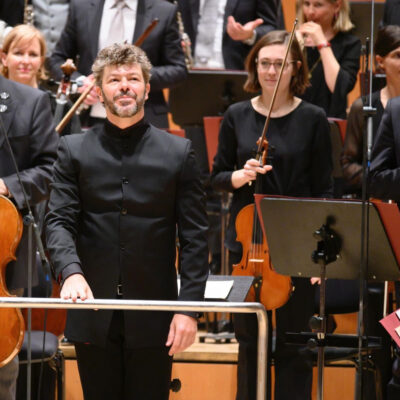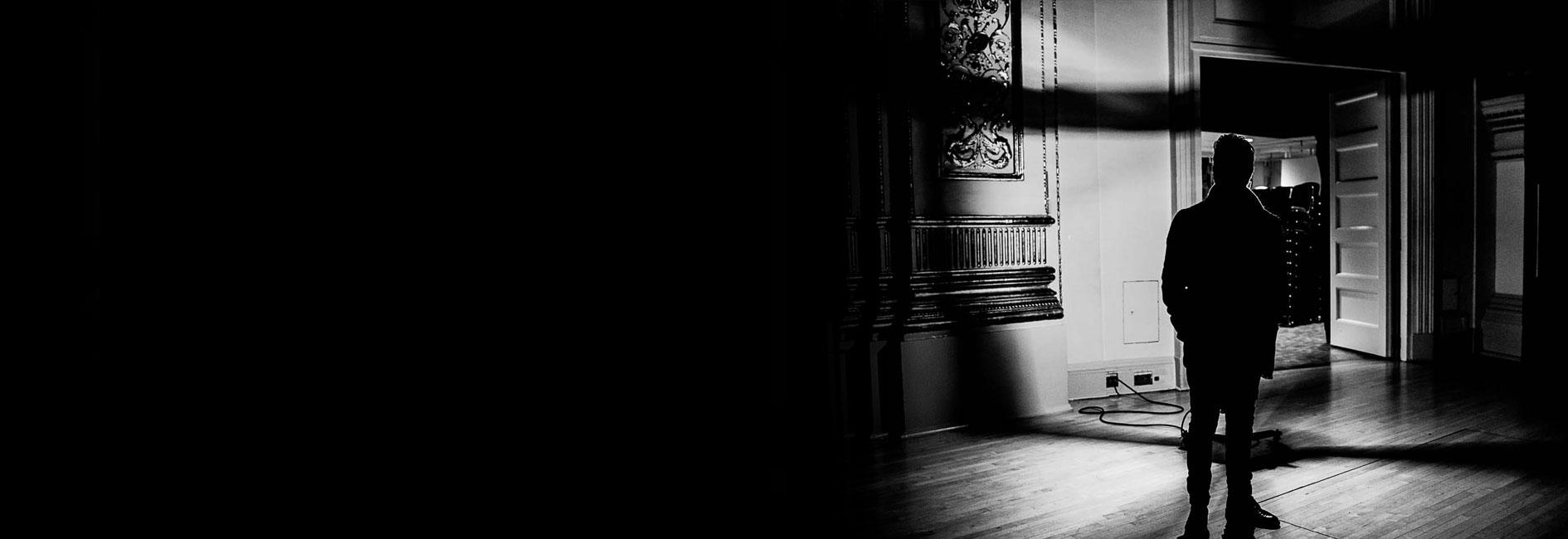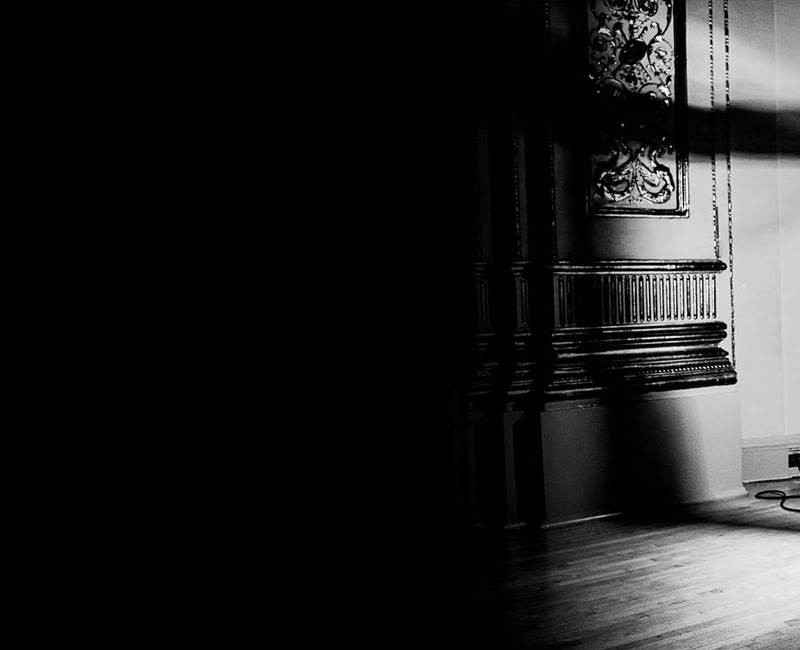
Munich Philharmonic Orchestra New Year’s Eve concerts
05 Jan 2024
Unknown Destination Ahead: Beethoven’s Ninth with Pablo Heras-Casado
Merkur
With Beethoven’s Ninth, Pablo Heras-Casado makes a powerful impact with the Munich Philharmonic Orchestra. However, what he exactly wants to achieve with the work is not entirely clear at the turn of the year.
Stylistically, the man knows no taboo. Pablo Heras-Casado conducts just about everything from the Baroque to the 21st century. This is impressive and also clever, as the Spaniard utilizes the experiences of the ensembles he engages with. From the Freiburg Baroque Orchestra, from the Concentus Musicus Wien, from the Ensemble Intercontemporain for modern works, and last summer, for Wagner’s “Parsifal”, with the Bayreuth Festival Orchestra.
Therefore, it fits into the picture at the turn of the year that Heras-Casado stands at the podium of the Munich Philharmonic Orchestra for Beethoven’s Ninth Symphony in the Isarphilharmonie, a piece the orchestra has been mastering for what feels like an eternity. The 46-year-old clearly intends to build on this treasure of musicianship. However, where the journey is headed is not entirely clear, at least in the first of the two performances.
By Markus Thiel
Pablo Heras-Casado Conducts the Ninth
Münchener Abendzeitung
The conductor avoids false pathos in the performance of Beethoven’s symphony.
The characteristic gesture of the conductor in this concert was the palm of his hand directed towards the orchestra, his typical body movement alternating with a bent knee. Pablo Heras-Casado spent most of his time tempering the Munich Philharmonic Orchestra. And this approach has its merits: modern orchestras play loudly on their own anyway, and the highest energy is not created by constant excitement, but by a reduction of pressure before the next intensification.
Heras-Casado recorded the Ninth a few years ago with the Freiburg Baroque Orchestra. The virtues of this very clear and transparent recording in the so-called original sound cannot naturally be seamlessly transferred to a symphony orchestra influenced by romantic sound and large-scale composition. But it succeeded – in a creative adaptation.
By Robert Braunmüller
Intelligent Conversations
In the first movement, Heras-Casado, despite all the conflictual drama, avoided the fate-laden, ominous Beethoven cliché “From Darkness to Light.” The conductor, with flexible tempos, focused on transparency and an intelligent conversation between strings and winds – especially towards the end of the movement. Even though there were a few moments lacking in ultimate precision: This more playful approach is at least as exciting as an ominous gloom and the reinterpretation of the coda into a funeral march.
The scherzo was lively, the slow movement surprisingly sober and clear. Here too, as in the first movement, brightness prepared the way for the radiant finale. The baritone solo, sung unnecessarily roughly by Florian Boesch, was followed by pure, heightened enthusiasm in the ‘Ode to Joy’ finale. […]
In the finale, an almost self-evident lightness dominated the musical enthusiasm. This slender pathos is – in a distinctly different sound – also the strength of Heras-Casado’s recording with the Freiburg Baroque Orchestra. The fact that it was possible to bring this enlightening brilliance to life with the Munich Philharmonic Orchestra and their choir is no small feat. Thus, this Ninth was far more than a routine performance for the New Year’s transition: it was an exemplary rendition of this symphony, which is seldom truly satisfying in concert performances.
The Finale Risks Overstimulation
Heras-Casado is quick, with no slow passages for melodiously intoxicated sections. The harsh, repelling nature, especially of the first movement, resonates with dagger-thrust drama – and is mirrored in his conducting movements. Heras-Casado’s interpretation problematically develops the theatricality of the piece not so much from within but rather inflates the 80-minute work. In the best moments, this sounds effective or like a kind of exaggerated sound speech, but in other passages, it becomes diffusely loud. Especially in the finale, where the extremely proficient, textually clear Philharmonic Choir, particularly in the male voices, is pushed to the brink of overstimulation.
Heras-Casado keeps historically informed performance in mind. This is evident in his approach to agogics, especially in the wind passages. This extends to the point where, in the baritone solo of the fourth movement, the instrumental accompaniment sounds more provocative than the singing: Florian Boesch makes a powerful impression, singing his parts as an ego trip – and thereby distinctly differs from model stylists like Christina Landshamer (soprano), Marianne Beate Kielland (alto), and Sebastian Kohlhepp, who fearlessly and tastefully tackles his challenging tenor part.
The slow movement is perhaps the most successfully executed. Heras-Casado, like many “modern” colleagues, allows it to pulse almost in full measure. There are surprises in the sometimes staccato accompanying figures – a stripping down of the Adagio, almost a skeletonization. And suddenly, instead of sensing a new beginning, one hears a wistful reminiscence of another Beethoven symphony: the “Pastoral.”

